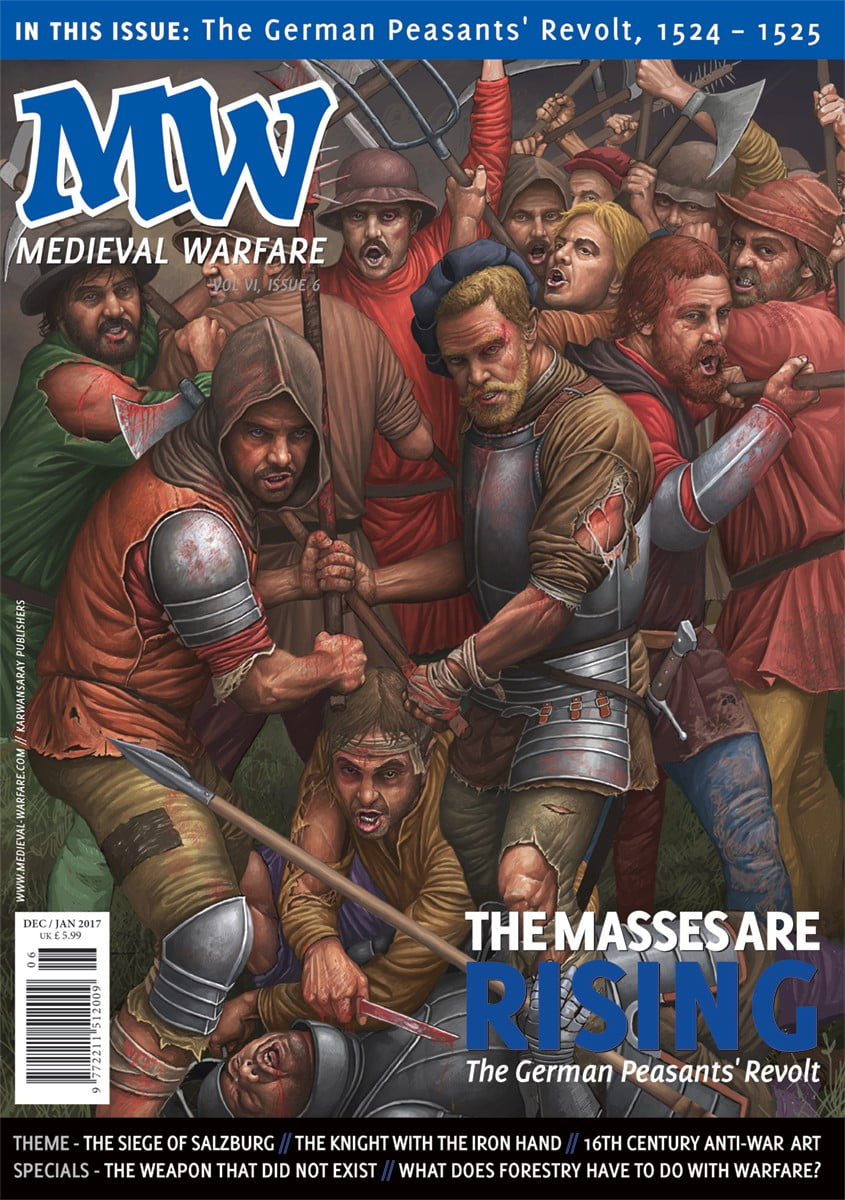Back in May I published an article here about the one-handed military flail that got a little bit of attention. And by “a little bit of attention”, I mean that it got about 200,000 unique page views. It wasn’t Kim-Kardashian’s-butt level of breaking the internet, but it sure broke me a little.
And obviously this brought a lot of commenters as well, some with thoughtful, incisive criticisms (though to be expected, some… not so much). I took the good-faith comments into consideration and set about improving my ideas, and turning over other rocks looking for the real origins of the one-handed military flail. For example, it helped me realize that the real issue isn’t that the weapon is impractical to the point of nonsense (though it sure is), the issue is that the only ones that exist are a scant few very-late medieval manuscript images and a few museum pieces that were either never meant for the battlefield or nineteenth-century fakes. Whether or not the weapon might have worked is irrelevant when faced with the fact that there’s no proof that it was ever actually a thing.
But, I’ve found one possible origin story for the weapon. I’ll give you a spoiler—while it was certainly a weapon that never existed in the forms we are most familiar with today, there is an answer to be found on the steppes of Eastern Europe, Russia, and Mongolia.
And thanks to the good people over at Medieval Warfare Magazine, I’ve had another crack at it. Check out my article—“The medieval weapon that never existed: The military flail” in their latest issue. It’s also chock full of articles on (in-no-way-relevant-to-today) subjects like the violent popular uprisings of the 16th century by none other than Kelly DeVries. Go check it out!
Importantly, I want to thank Nickolas Dupras of Northern Michigan University for his help analyzing the extant flails, and Zsuzsanna Reed Papp and Andrei Octavian Fărcaș, both of Central European University, for introducing me to the Eastern European context for these weapons! And thanks, finally, to all those who read, shared, and commented on the original article. It makes me incredibly excited to see that there is so much interest in uncovering the mysteries of the medieval world!






Comments are closed.